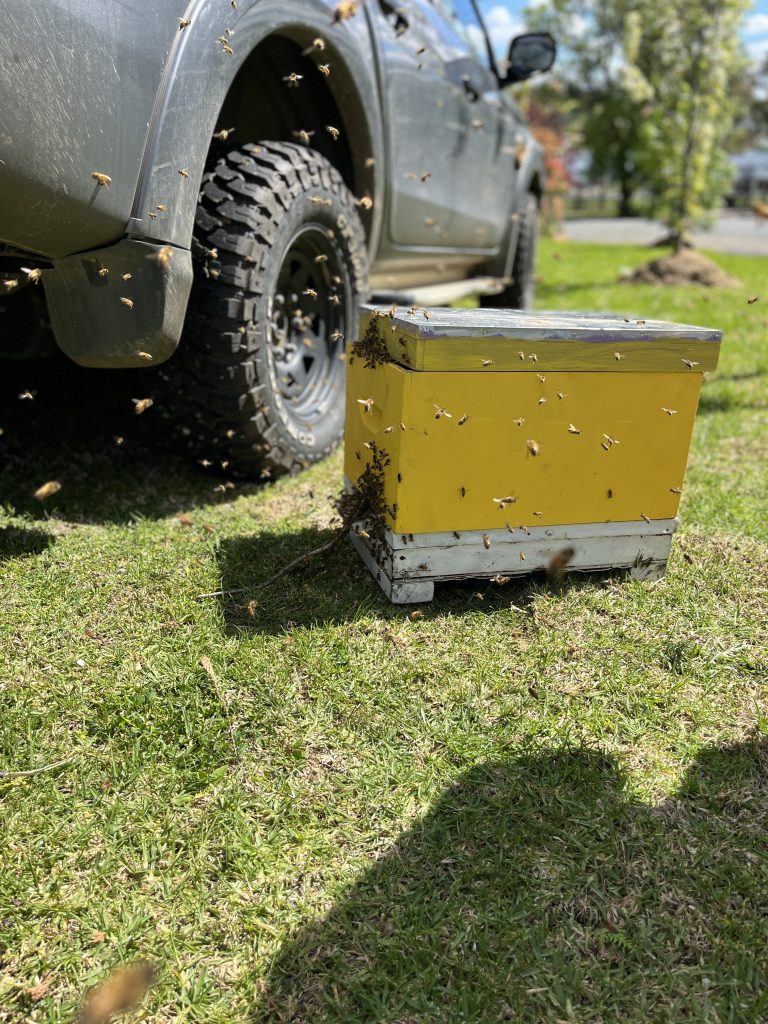
Beekeeping is a year-round commitment, and each season brings unique responsibilities for beekeepers to ensure the health and productivity of their hives. Regular hive inspections are a cornerstone of successful beekeeping, allowing beekeepers to monitor the well-being of their colonies, address potential issues, and provide the necessary care. Let’s explore the hive inspections carried out by beekeepers in each season.
Spring: A Fresh Start
As the blossoms burst forth and nature awakens from its slumber, beekeepers spring into action. During spring hive inspections, beekeepers assess the strength of the colony after the colder months. They look for signs of disease, the presence of a laying queen, and adequate food stores. It’s crucial to ensure that the colony is expanding rapidly, as the warmer weather brings increased foraging activity and the need for more space.
Summer: Buzzing Activity
The height of summer is a hive’s busiest time, and hive inspections become even more frequent. Beekeepers monitor the hive’s growth and add honey supers to accommodate the surplus nectar flow. Regular checks focus on the queen’s egg-laying pattern, the condition of brood frames, and the overall health of the population. Beekeepers also watch out for signs of swarming, as overcrowding can prompt bees to leave the hive in search of a new home.
Autumn: Preparing for Winter
As the days shorten and temperatures cool, beekeepers shift their focus towards winter preparations. Hive inspections during autumn involve assessing the colony’s food stores. If there isn’t enough honey and pollen to sustain the bees through winter, beekeepers may provide supplemental feeding. This is also a time to ensure the hive’s structural integrity, address any pest or disease issues, and reduce the hive’s size if necessary.
Winter: Minimal Disturbance
Winter hive inspections are less frequent due to the bees’ reduced activity and the need to minimize disturbances. However, beekeepers still check on their hives periodically. They ensure the hive entrance is clear of debris, monitor hive weight to gauge food stores, and make sure the bees have proper ventilation. Winter inspections are essential for identifying and addressing any issues that could impact the colony’s survival.
Challenges and Adaptations
Throughout the year, hive inspections involve more than just checking the bees. Beekeepers keep a keen eye out for signs of diseases like American Foulbrood, pests like Varroa mites, and changes in behavior that might indicate stress or poor health. With the growing concern for pollinator decline, beekeepers also play a crucial role in collecting data that contributes to understanding bee populations and addressing challenges they face.
A Labor of Love
Hive inspections are the heart of a beekeeper’s responsibilities. They offer an intimate glimpse into the complex world of the hive, fostering a deep connection between beekeepers and their colonies. Through careful observation, diligent care, and timely interventions, beekeepers play an essential role in sustaining these vital pollinators and ensuring the delicate balance of ecosystems.
Beekeeping is a journey that ebbs and flows with the seasons. Each hive inspection is a chapter in the ongoing story of nurturing and protecting these remarkable creatures. As beekeepers adapt their practices to the changing needs of their colonies, they contribute to the preservation of a thriving natural world and the sweet rewards that it brings.
Leave a Reply